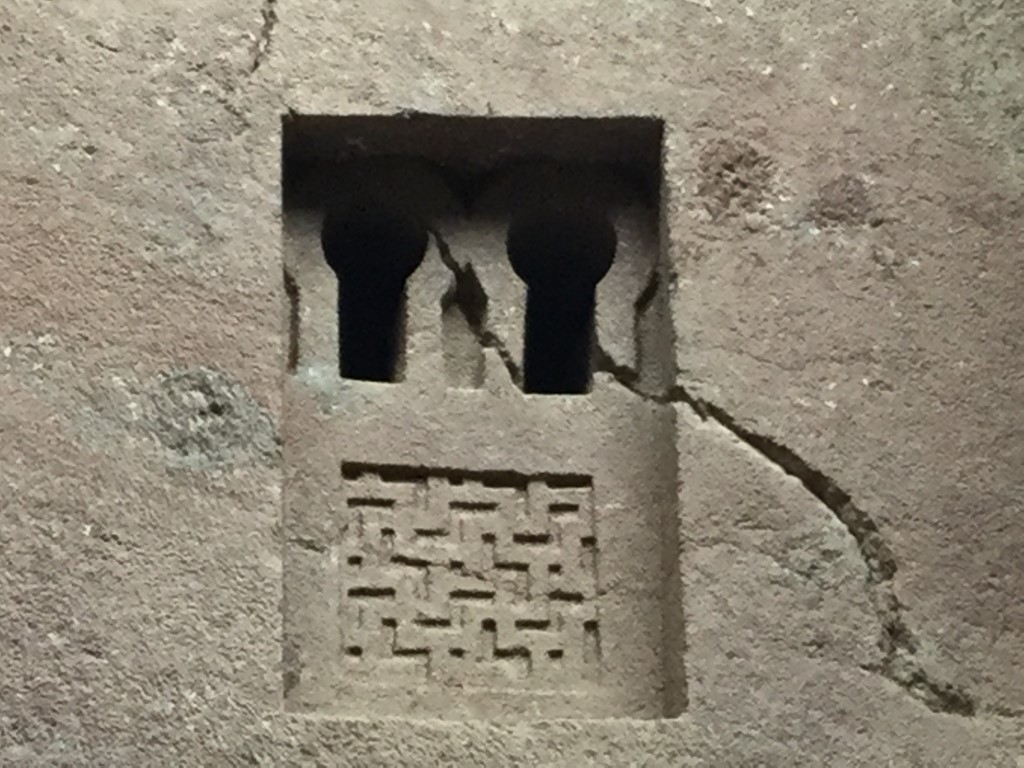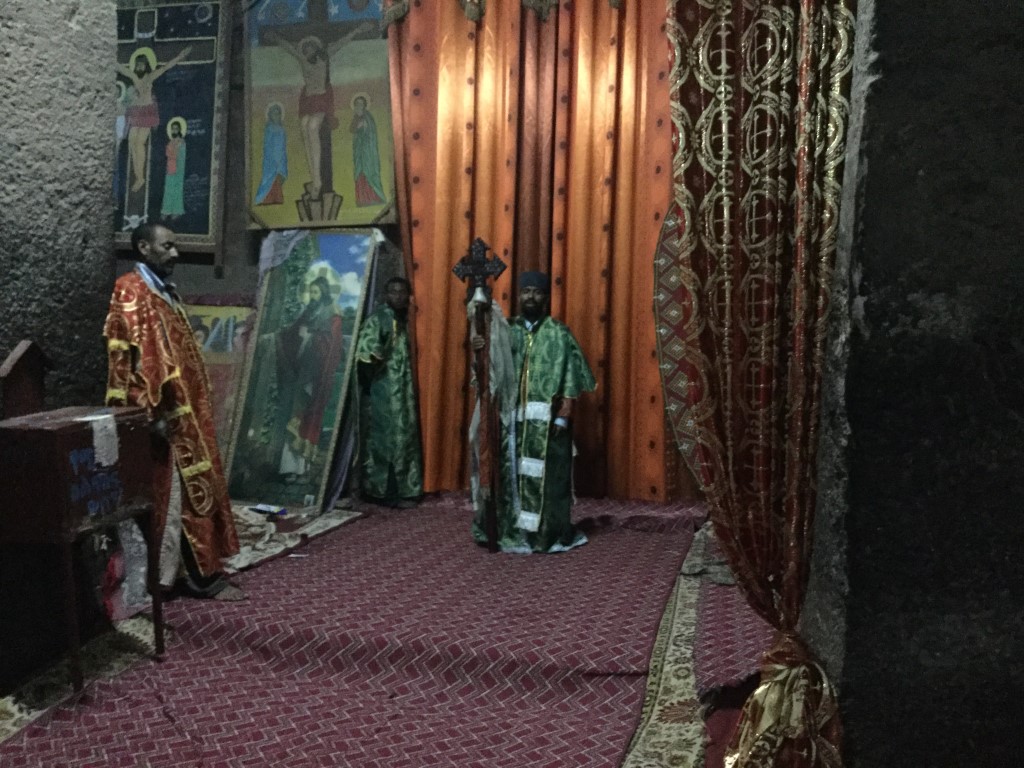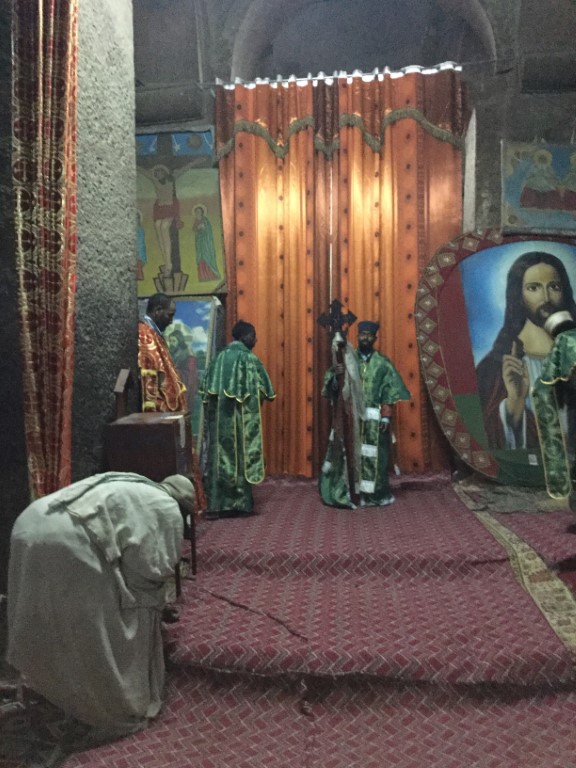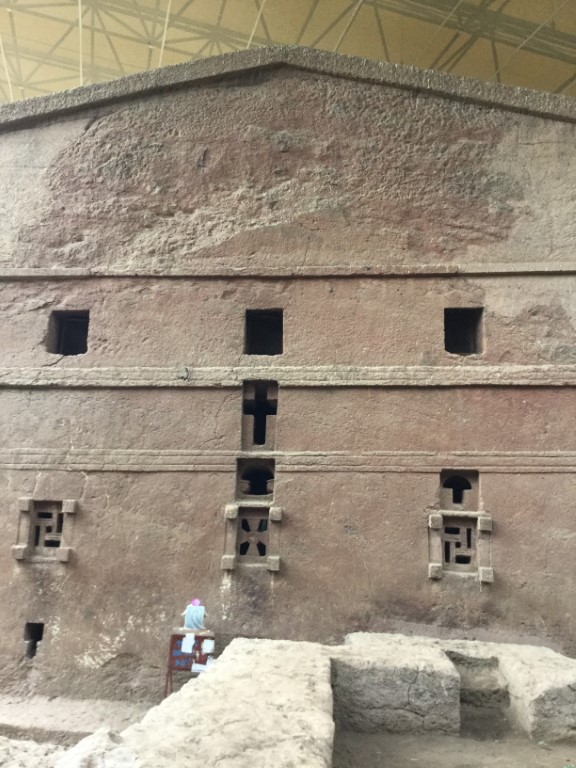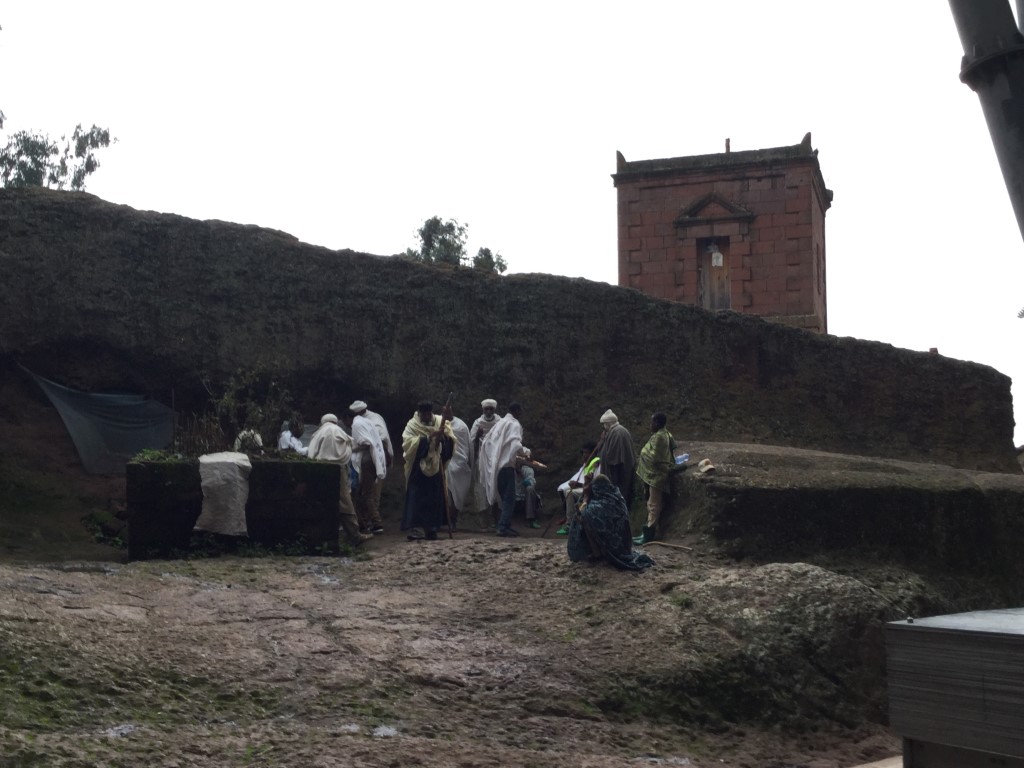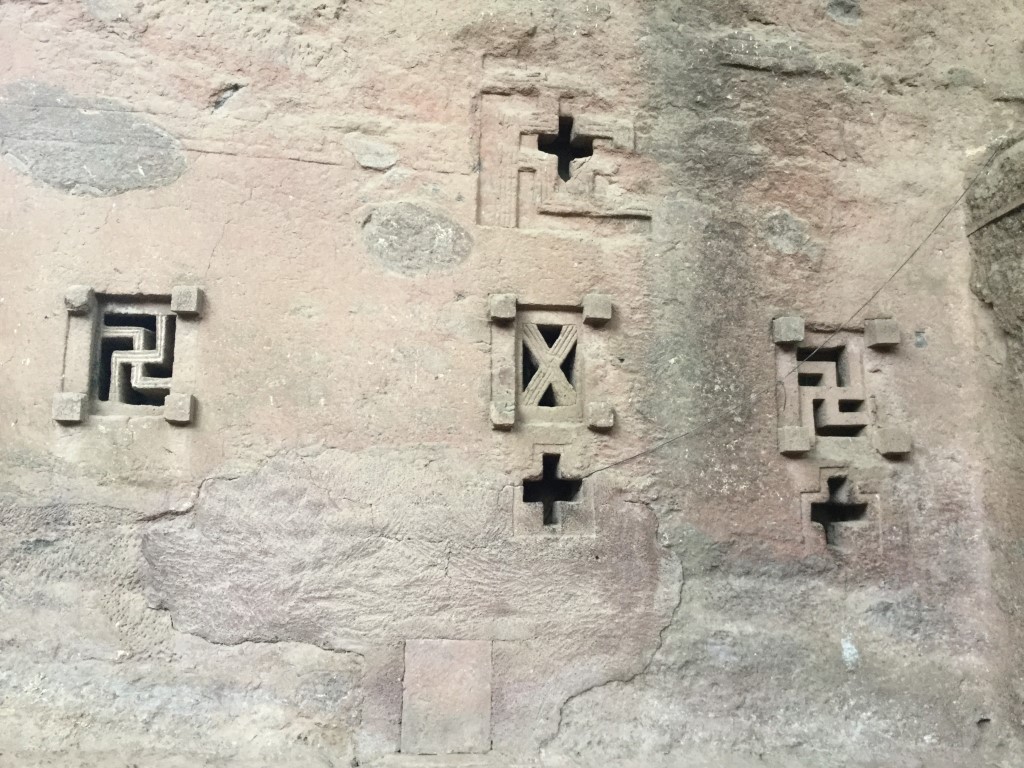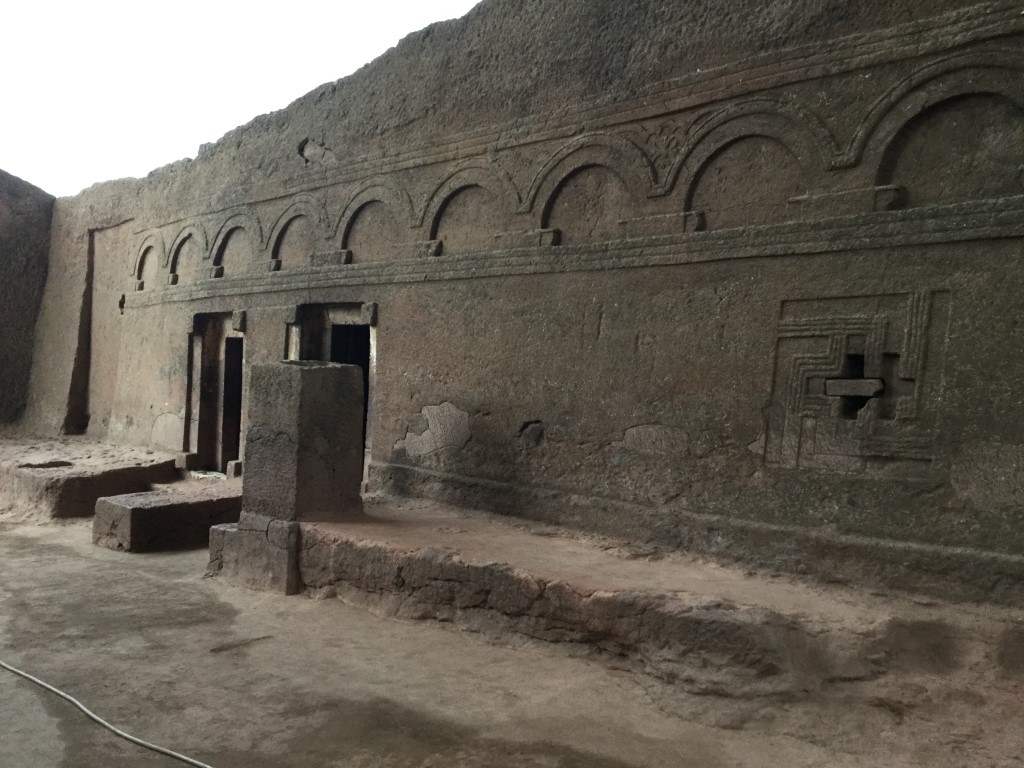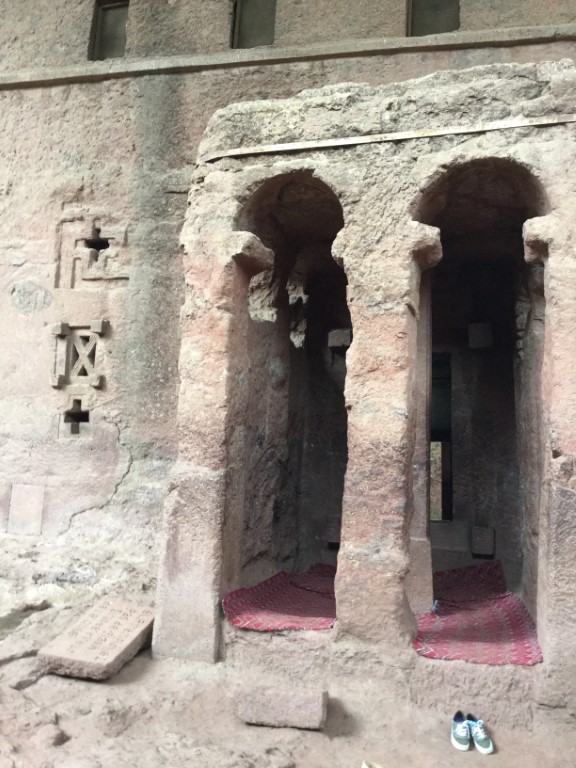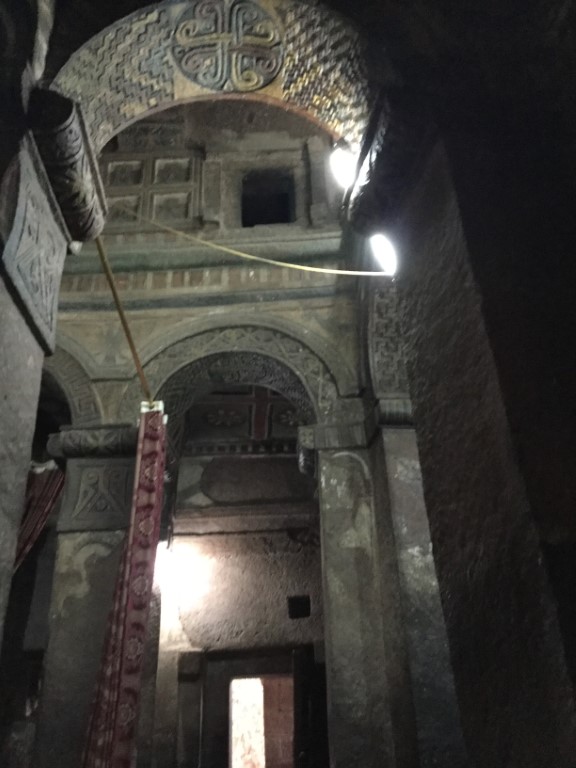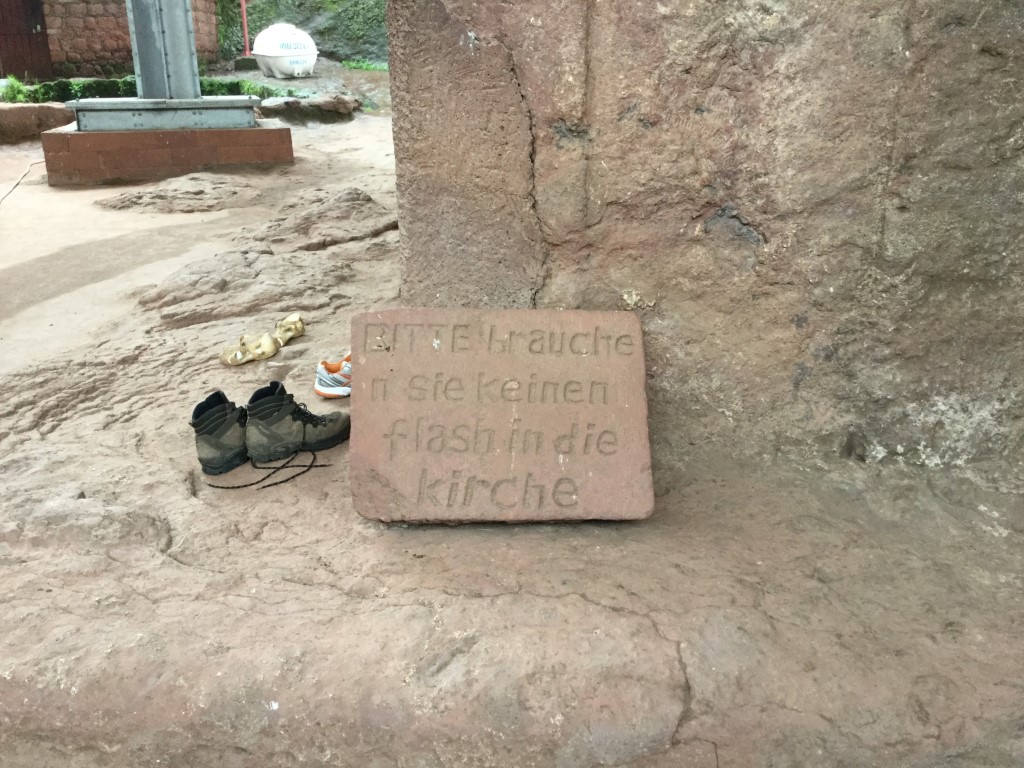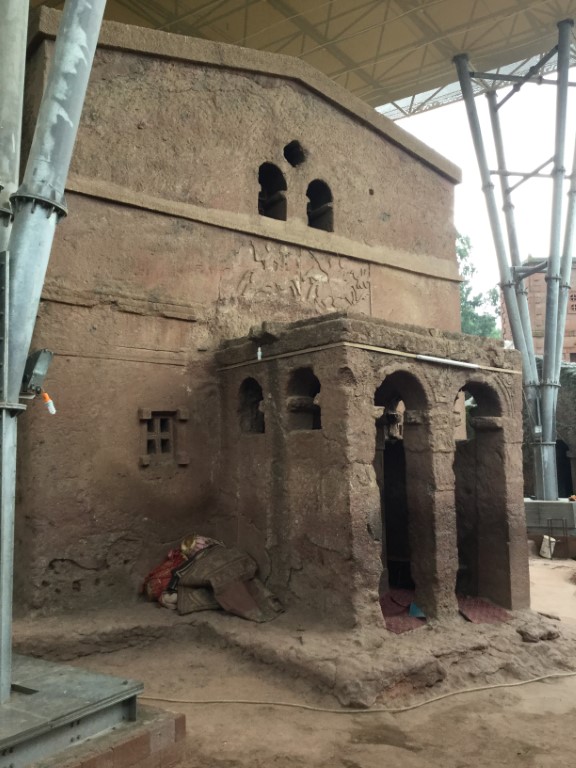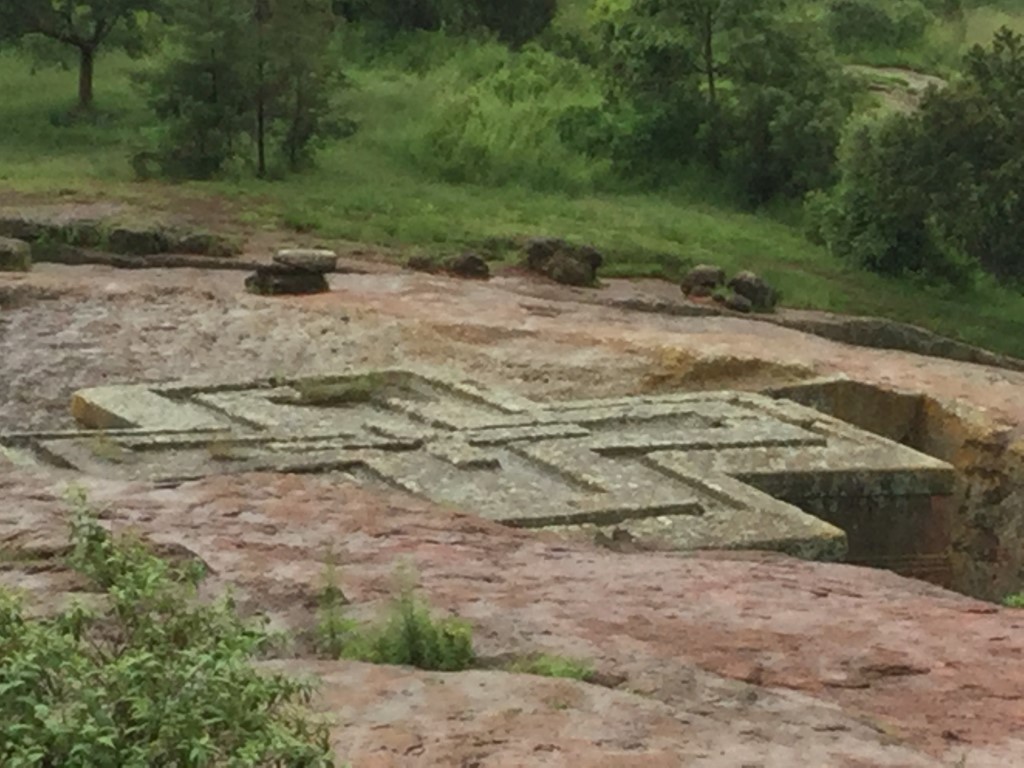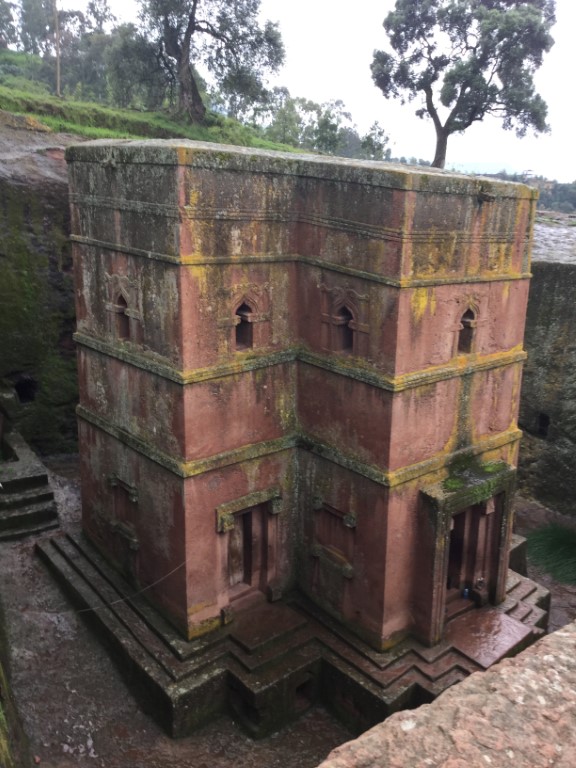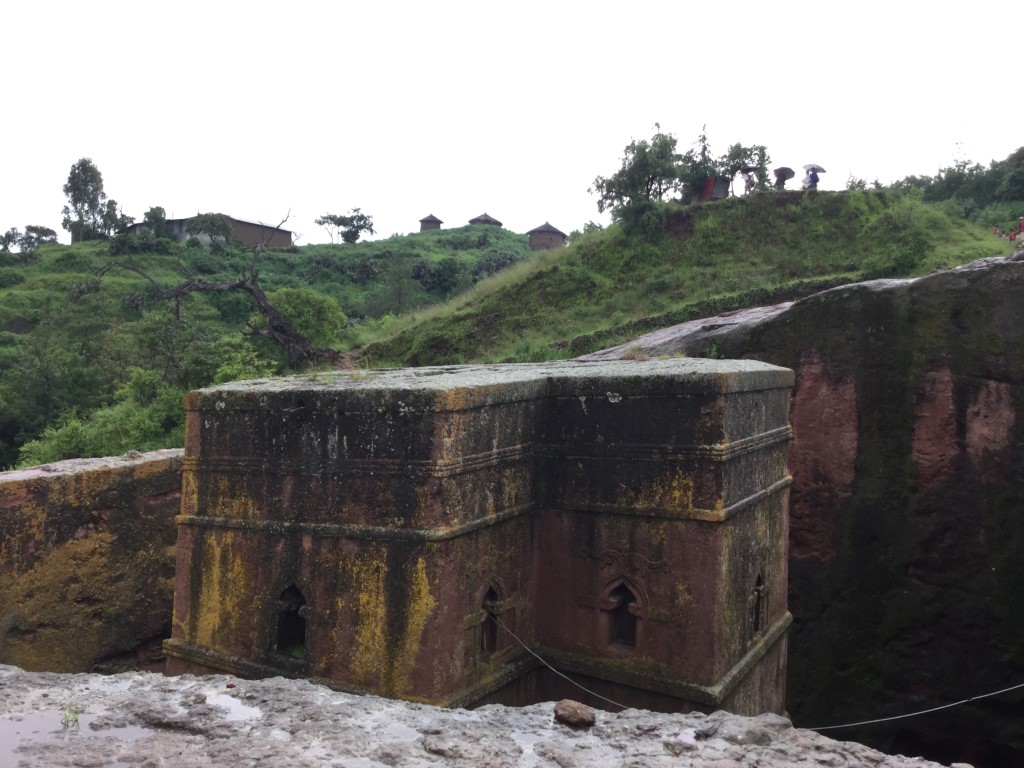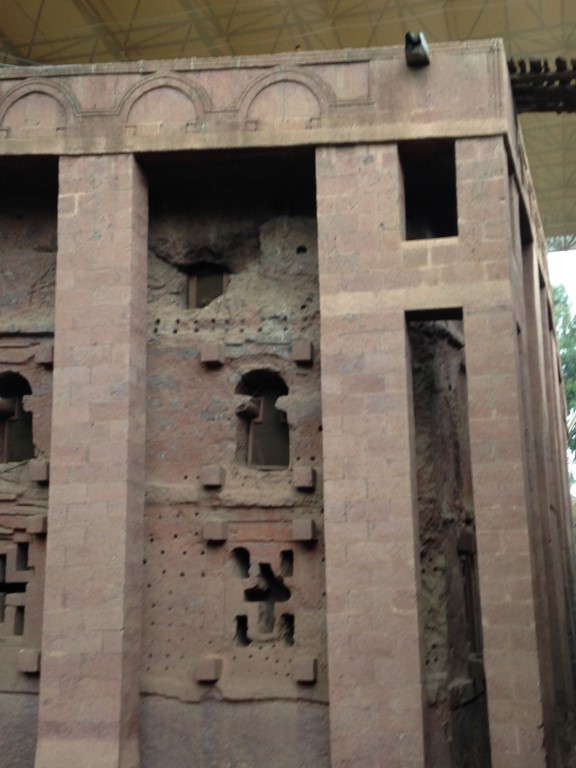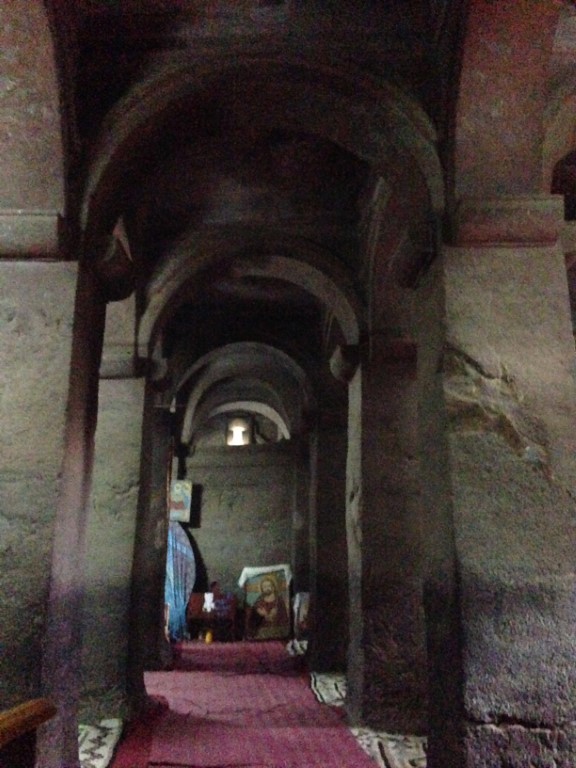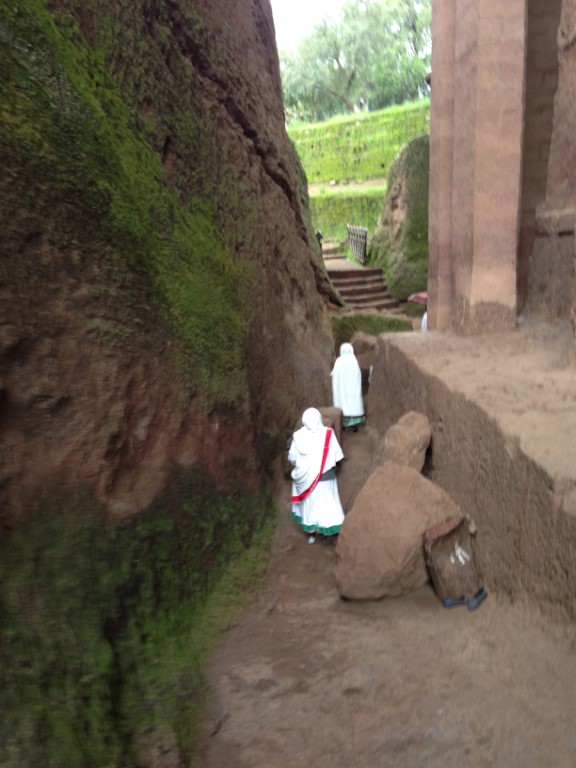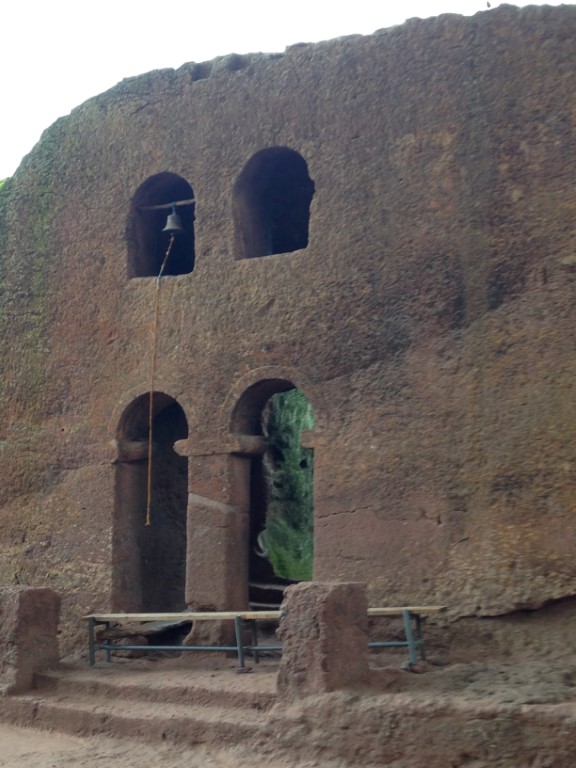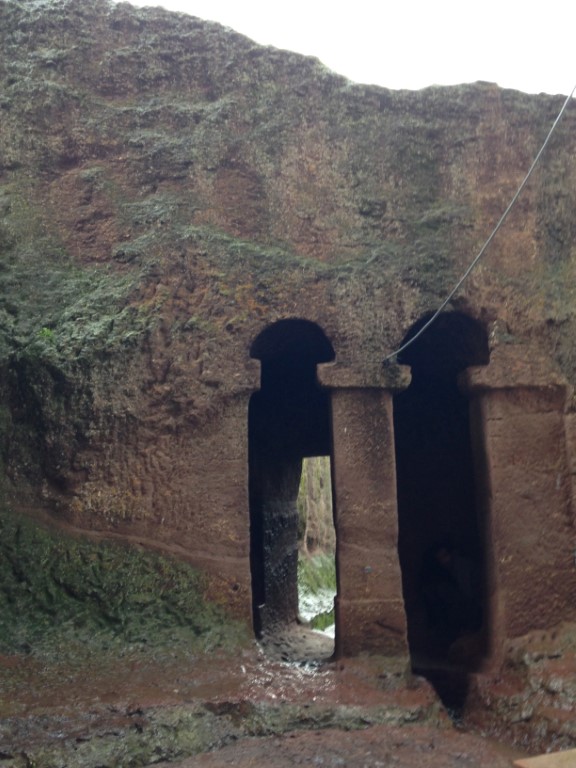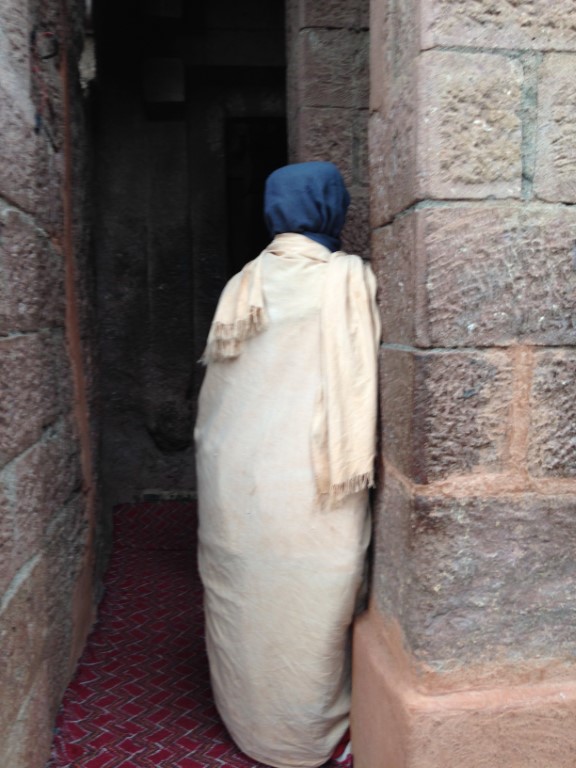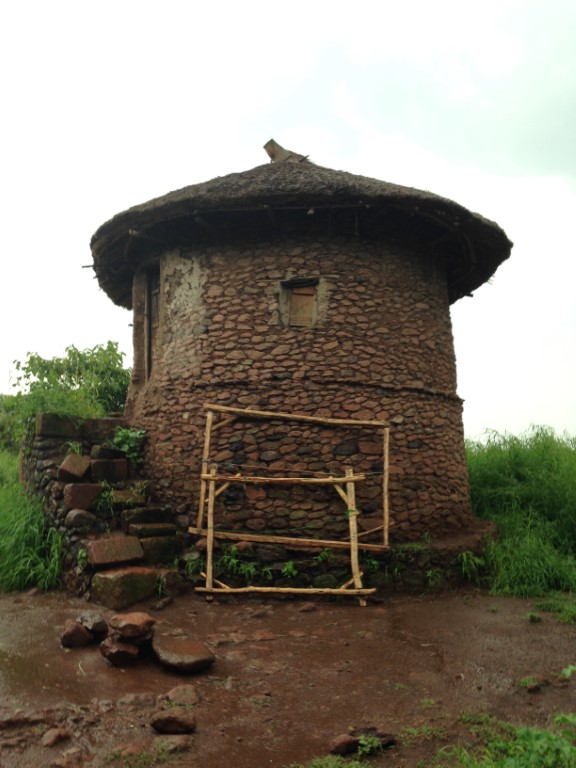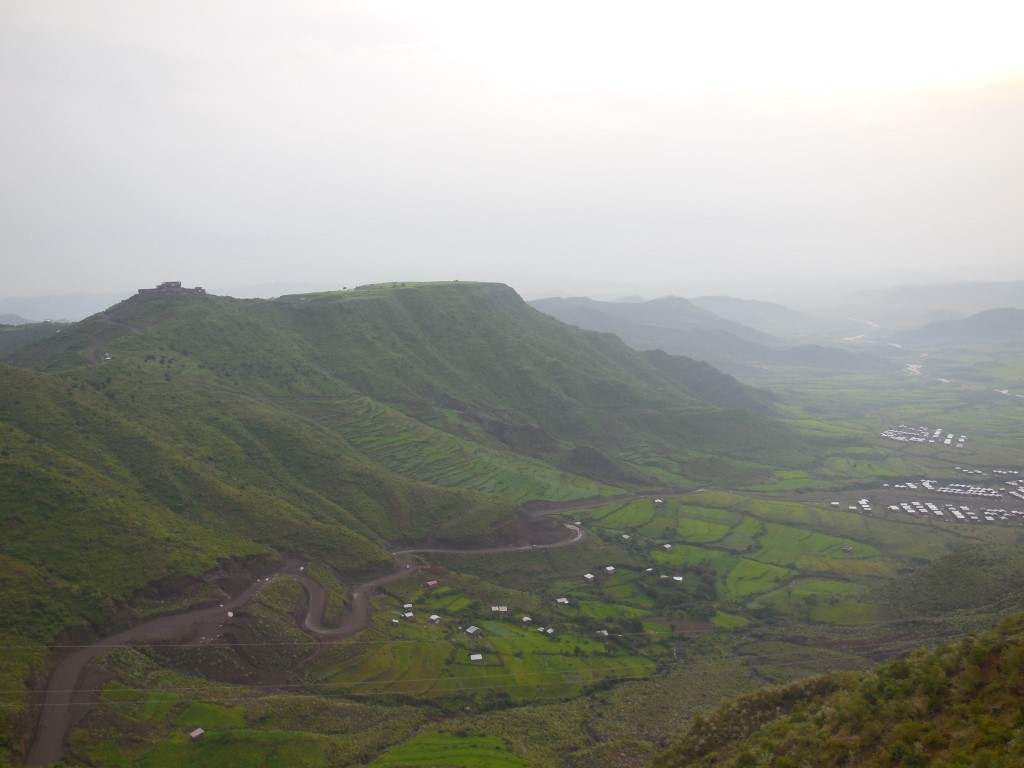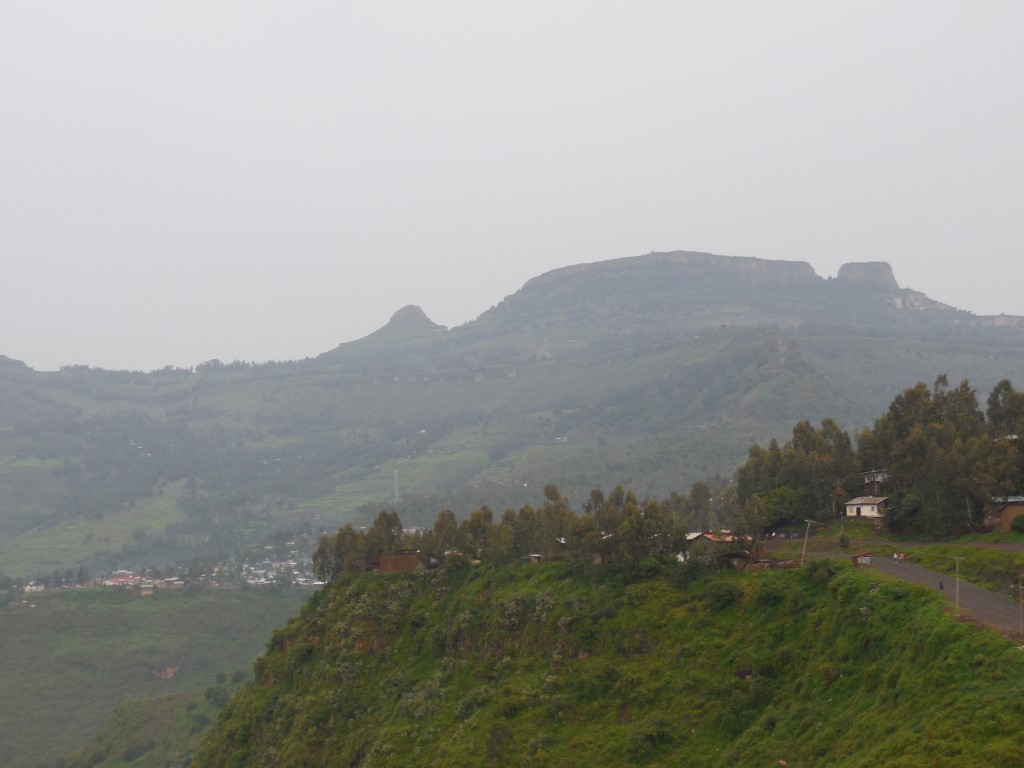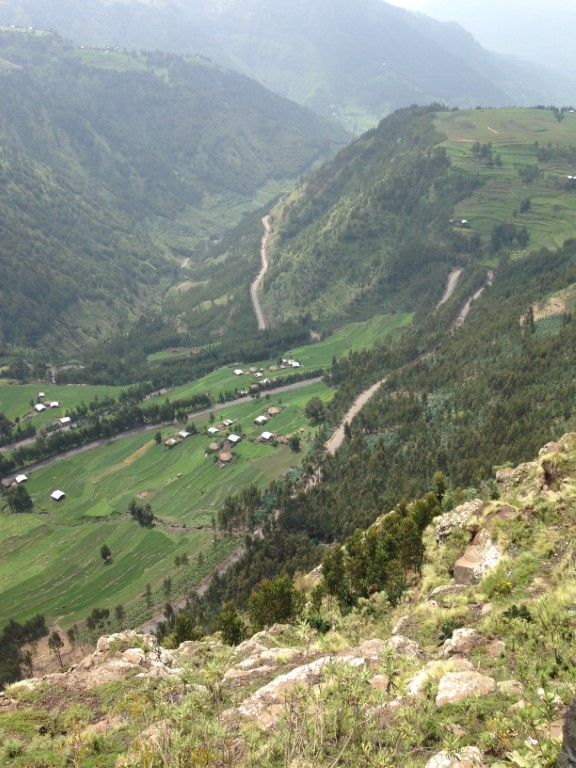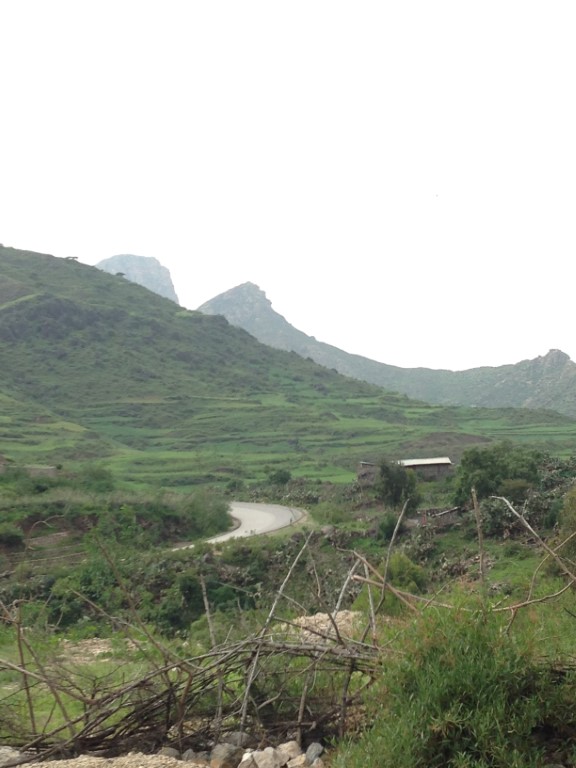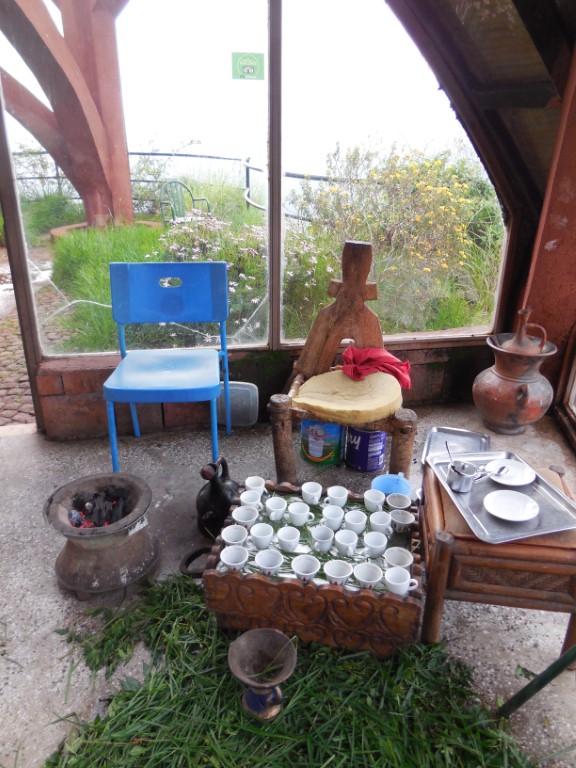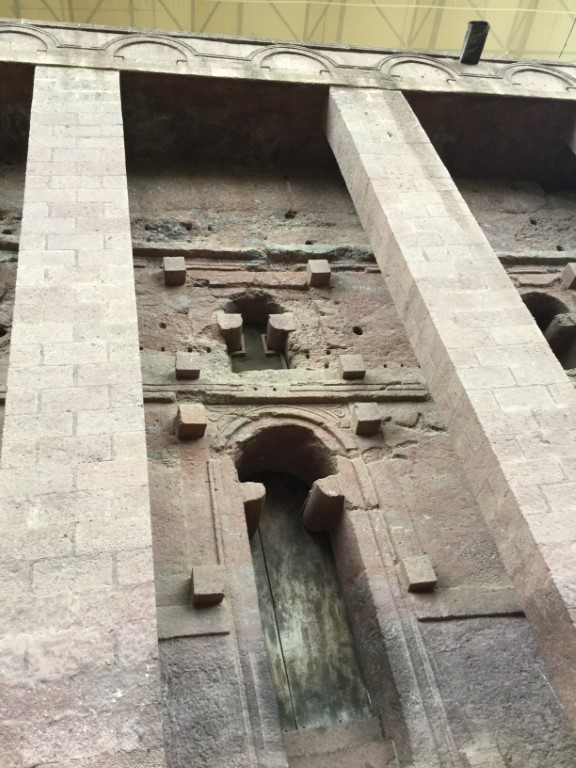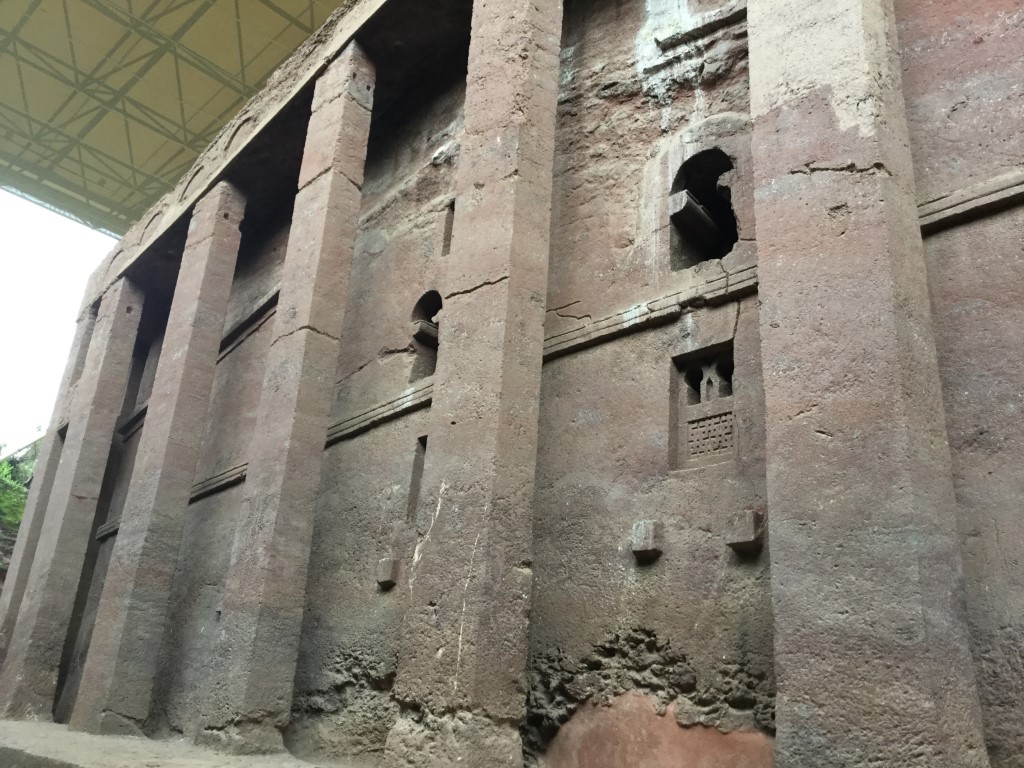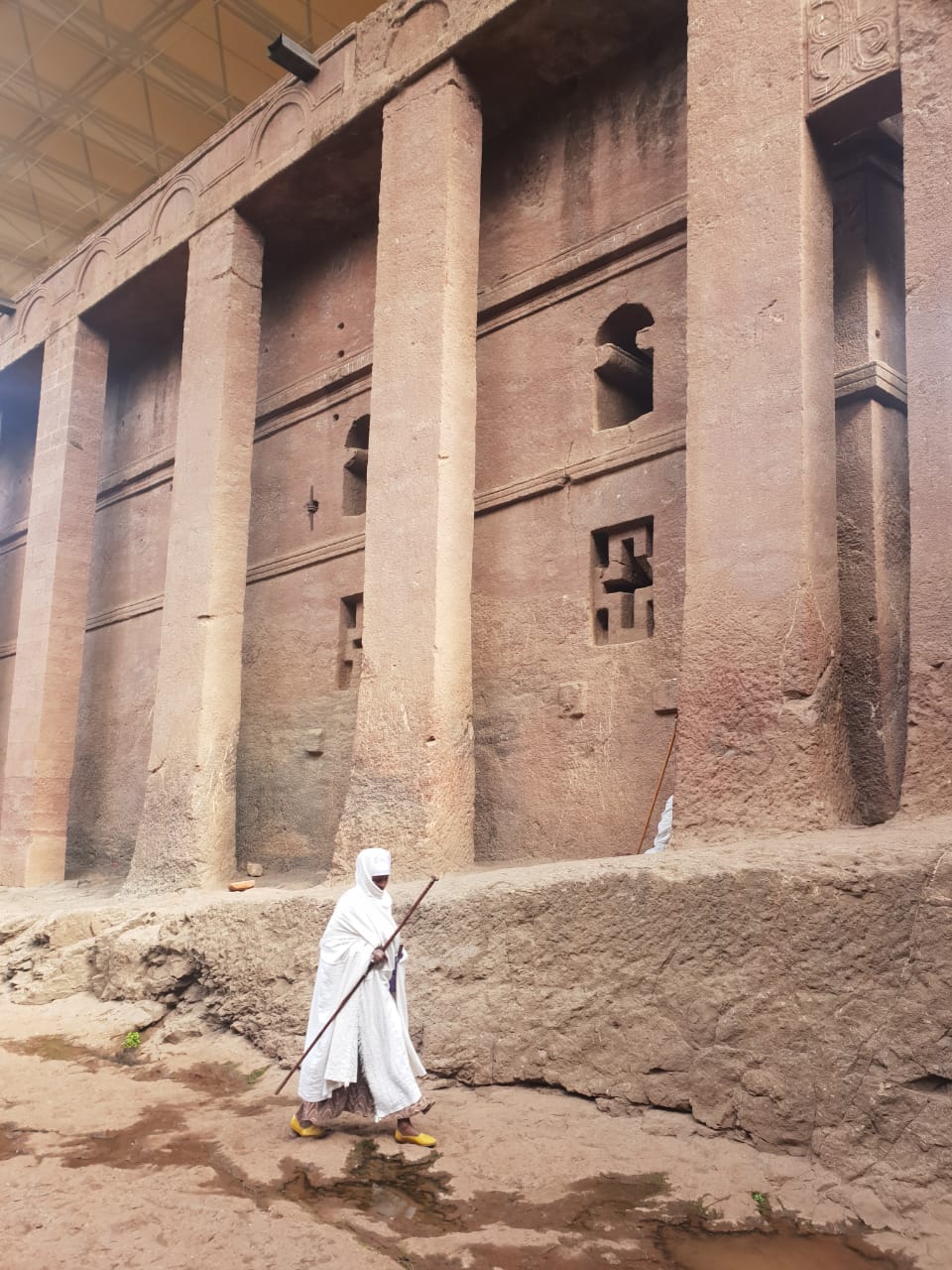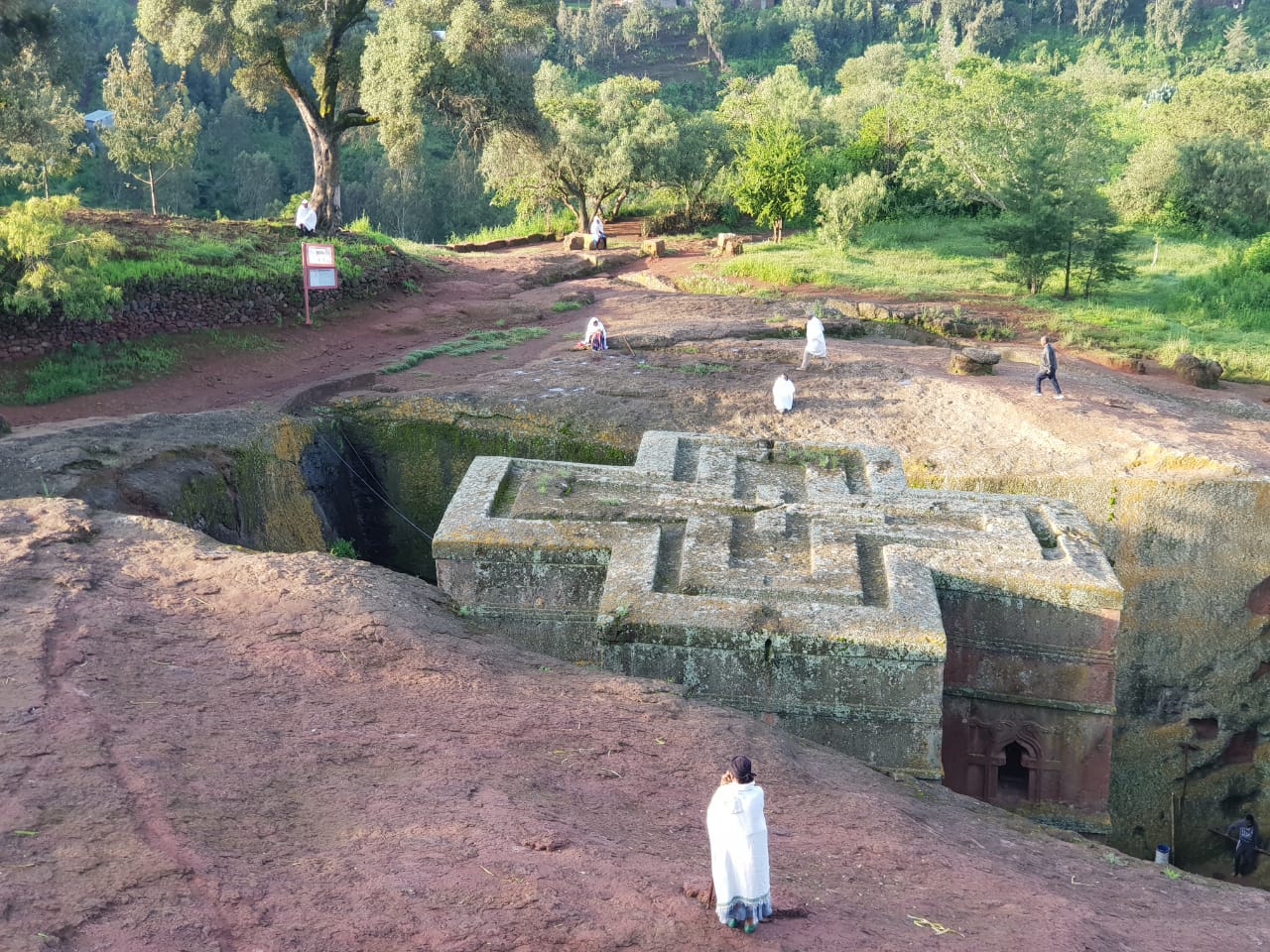Lalibela
In a mountainous region in the heart of Ethiopia, some 645 km from Addis Ababa, eleven medieval monolithic churches were carved out of rock. Their construction is attributed to King Lalibela who set out to construct in the 12th century a ‘New Jerusalem’, after Muslim conquests halted Christian pilgrimages to the holy Land. Lalibela flourished after the decline of the Aksum Empire.There are two main groups of churches. Ten to the North of the ‘River Jordan’, the eleventh church, House of St. George, is isolated from the others, but connected by a system of trenches. The churches were hewn from the living rock of monolithic blocks from the top towards the bottom. These blocks were further chiseled out, forming doors, windows, columns, various floors, roofs etc. This gigantic work was completed with an extensive system of drainage ditches, trenches and ceremonial passages, some with openings to hermit caves and catacombs.These exceptional underground churches have been called the “Petra of Africa”. They were the center of pilgrimage for Coptic Christians since the 12th century and are still an active place of pilgrimage and worship for Ethiopian Orthodox Christians. In 1978, the churches of Lalibela were designated as UNESCO World Heritage Site. Near the churches, the small town of Lalibela has two storey round houses, constructed of local red stone, and known as the Lasta Tukuls.

